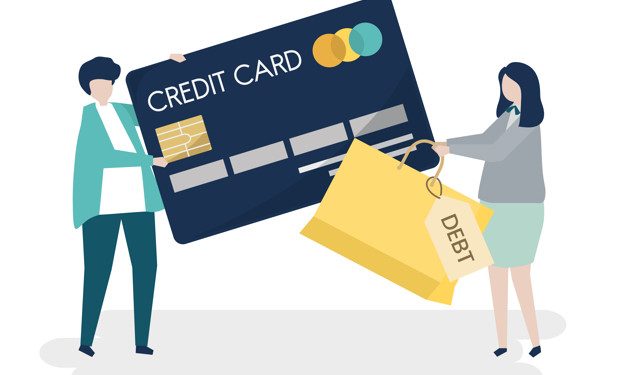One trillion is a large number. When it represents the amount of consumer debt in the United States, each of the 132 million U.S. households carries $7,575 in revolving debt. Assuming the average credit card interest rate at 16.30%, the latest number published by the Federal Reserve, it means that each household will pay about $1,235 in interest over a year.
$1,235 is not peanuts, but it does cost money to provide lending services. In addition, there are operational costs, fraud expenses, and credit losses, to name a few.
We use the Federal Reserve G-19 Report metric for the line item marked as Total Outstanding Revolving Debt, Not Seasonally Adjusted. Not Seasonally Adjusted means that you do not smooth out the number to account for changes like winter holidays, tax refunds, or other events.
Tracking began in January 1968, under the Johnson Administration, when revolving debt was only $1.4 billion. You can see the number scale up to its current level at this link.
Historically, the U.S. market only passed the trillion thrice. The first time was in December 2008, on the cusp of the Great Recession. As the recession started, revolving debt plummeted to $789 billion, driven mainly through charge-offs. As delinquencies aged, bad credits charged off and reduced interest-bearing receivables. The market rebounded, but it took until December 2017 to pass the $1 trillion mark again.
December revolving debt peaks usually follow winter holidays as people increase their shopping. With spending harnessed in the first quarter, and tax refunds in hand, consumers often pay down debt, which they did through April of 2018 when the low point for revolving debt settled at $963 billion. The number scaled back up over a trillion in August of that year and stayed slightly over $1 trillion through March 2020, the period associated with COVID-19.
Since COVID, revolving debt bottomed out at $912 billion in April 2021. Since then, the U.S. market is headed back up towards a trillion, with three consecutive increases to the current level at $951.1 billion. Our best estimate is that come December 2021, the U.S. market will be above $1 trillion again, which will bring back the level of interest income many credit card issuers rely on.
While these revenue lines are comfortable for lenders, the market faces credit card issuers reviving their card interests, such as Wells Fargo, and new entrants, including Goldman Saks. More players mean less to distribute in interest income. But even more critical are the threats of inflation and rising interest rates.
It makes you wonder- is $1 trillion in credit card debt the maximum the U.S. market can handle? We think there may be a little more opportunity, but not much. Plus, little attention goes to Buy Now Pay Later lending, which we expect will pass the $100 billion market in less than two years.
We assume that household budgets can keep pace with inflation and interest until the next crisis, but keep an eye on the $1 trillion mark.
Overview provided by Brian Riley, Director, Credit Advisory Service at Mercator Advisory Group











